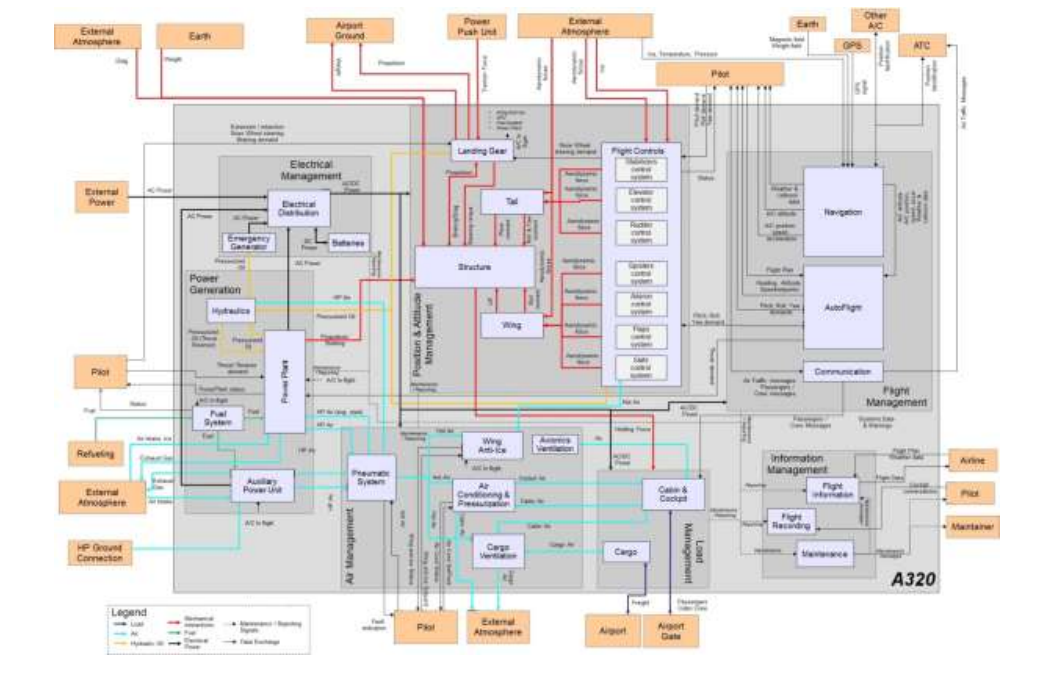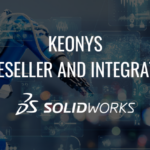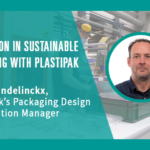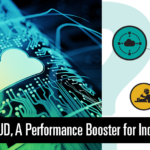Why opt for a Systems Engineering approach in industry?
Technological changes are accelerating today at an unprecedented speed to give place to digital technologies. Human interactions are also changing their models and are more and more connected in the private and professional spheres.

In most industrial sectors, innovation is mainly driven by electronics and software, creating a shift from classical product design (mechanical or even mechatronic) to connected experiences.
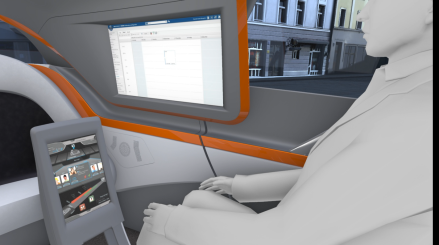
The complexity of products increases exponentially. As an example, a complete automotive or aerospace program involves: more than 500,000 parts, 4,000 to 15,000 functions, about 100,000 interfaces, and 0.5 to 1 million requirements!
Functional architecture of an aircraft
But the procedures and methods for developing these products and services do not follow the same rhythm, and manufacturers are facing many problems:
- Difficulties in understanding and maintaining a system
- Difficulties communicating between multidisciplinary teams
- Customer satisfaction and product quality are not fully compliant with requirements
- Audit and validation costs are too high
The basis for a well-designed product
Did you know that only 26% of projects are achieved on time, according to the budget and with all the features and functions initially specified? (“Chaos, a recipe for success,” Standish Group); and that 68% of developments have problems related to the initial product design? (“Forrester The Systems Engineering Institute”)
Most companies face these industrial and commercial challenges. They are looking for methods and solutions that make them more competent and ready to succeed in future projects, and this in an environment that has never been so changing.
For many years now, systems engineering has rightly been perceived as a “best practice”, and MBSE (Model Based Systems Engineering) as a methodology that helps to better manage this complexity.
For many companies, systems engineering has not only become important, it is a necessity to ensure the satisfactory realization of a product.
Systems engineering is not rocket science, it’s actually a lot of common sense! Even if in reality common sense is not always as we imagine it to be: sometimes we go into too many technical details and go straight to the solution without having studied the problem precisely; or we stay too global without fully understanding how the product will be used.
It seems obvious to do the “right things” but in the end what’s wrong? Why was the product designed this way? Why didn’t anyone notice an error? What is missing?
“System mindset”
It is essential to have a System oriented mindset in order to :
- Consider a system/product as whole, rather than parts of it
- Understand the context of a system and its environment with the different people involved.
- Understand the use of a system in the context of the missions and services it is to provide
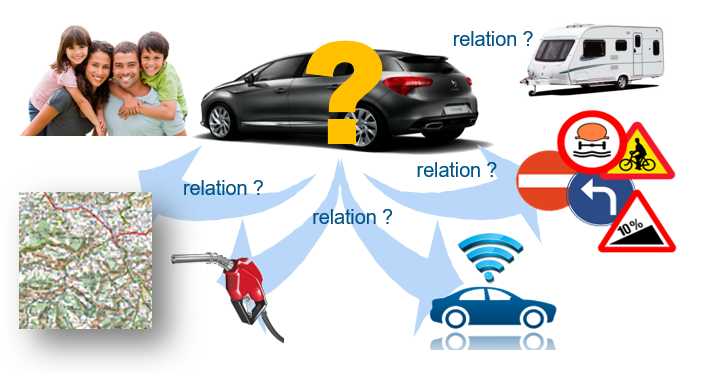
This approach makes it possible to anticipate real-life situations and to design a product of quality more easily.
As an example, most car manufacturers have as a specification to test (essentially for aerodynamic requirements on the rear-view mirrors) all their vehicles at 150km/h in the opposite direction. Why is this when in reverse and on the longest straight line in the world, standard vehicles cannot reach such a speed?
Quite simply because in order to be transported from factories to car dealerships, the vehicles are generally transported by train and arranged in both directions. If the manufacturer forgets this requirement during development, the redevelopment costs can be very high. Systems engineering will therefore help, among other things, to identify the various possible uses of the system, which requires more effort during the architecture and design phase, but much less afterwards for the testing and integration phases.
For many organizations, it is also a radical paradigm shift from a traditional document-based approach to a global approach based mainly on models, allowing :
- Better specification: less ambiguity, oversight and inconsistency than when writing specifications and other purely textual descriptions
- Better design: by studying more easily different possible alternatives and the impacts of modifications, while reducing repetitive tasks to be redone
- Better manage productivity: by developing collaboration and convergence between the different businesses to define a reliable solution that is more easily achievable
- Better validation: by facilitating decision-making very early in the development cycle and better anticipation of risks. Integrations and tests are then carried out much more efficiently
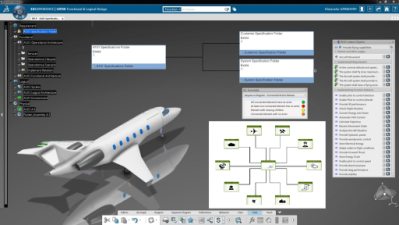
A system-oriented design will allow the design teams to gather the needs of all stakeholders in the system of interest, and understand its context of use before beginning the detailed design of the solution.
Risks can thus be identified at a very early stage and better controlled, resulting in better product quality while reducing costs not only during the design phase, but also during the operational and dismantling phases of a program.
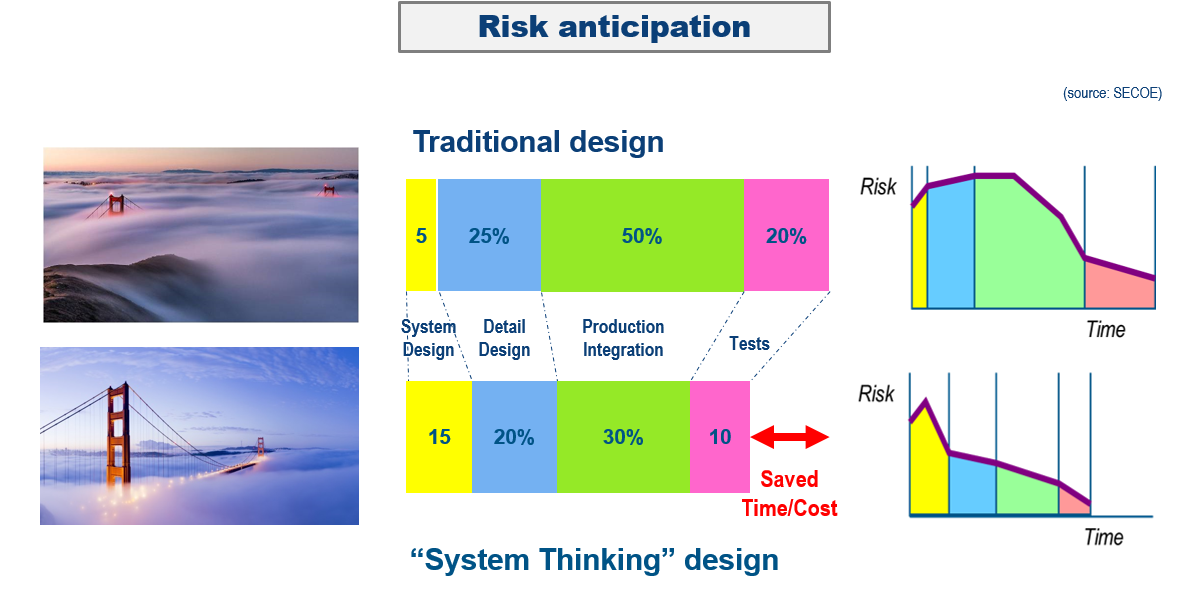
KEONYS is based on Dassault Systèmes’ strategy which is articulated around five fundamental pillars: multi-scale models, the federation of disciplines, simulate/test at any time in the development process, data governance, and openness (standard formats, connectors), to propose different levels of solutions dedicated to systems engineering.
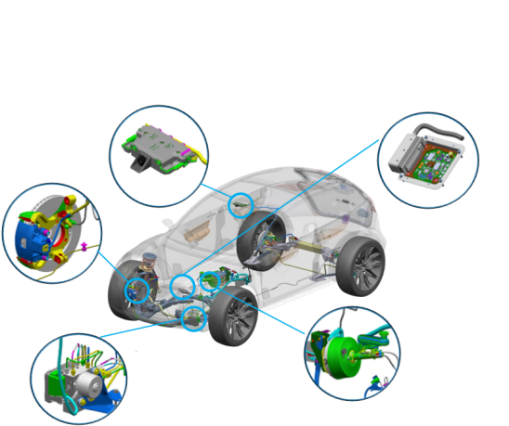
The experience of each company in its own field, these solutions are declined and adapted to the needs of all through the following applications:
- Management and traceability of requirements
- Multidisciplinary systems architecture
- System modeling and simulation (or 0D-1D)
- The control/command of automated systems
- Operational safety of critical systems
Each of the topics is based on a common value proposition namely :
- Agility: defining and validating design choices and innovations earlier at the concept level and on the basis of virtual models and validations
- Collaboration: synchronization between disciplines (by combining the fields of electricity, electronics, mechanics and software…) and development of complex systems as a whole.
- Capitalization: compliance with safety standards, reuse of components and models (framework), traceability from one end of a project to the other.
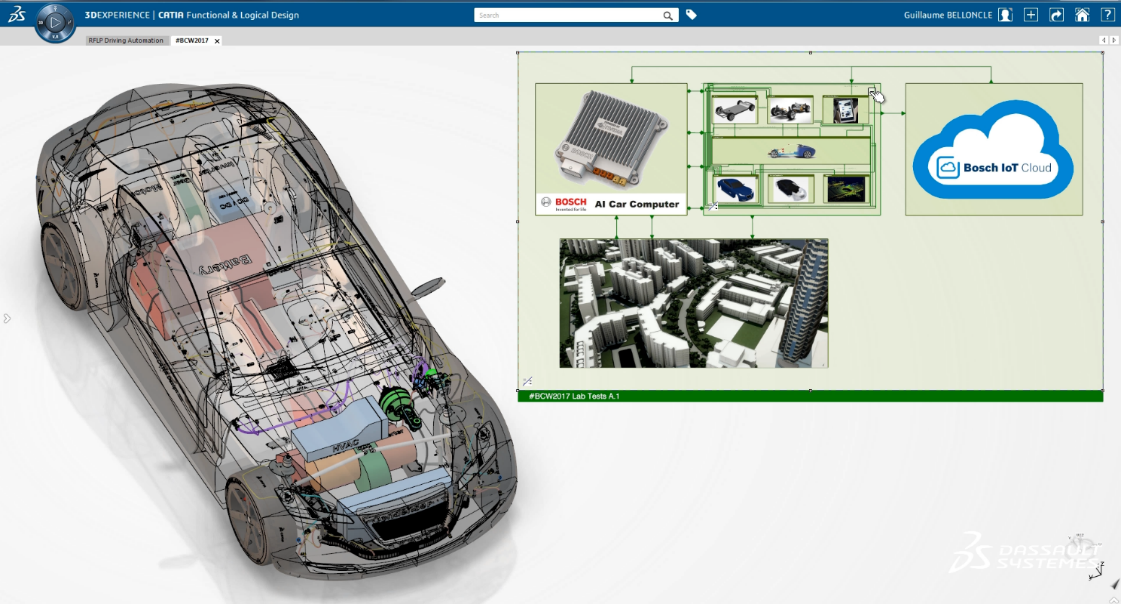
The centralized and integrated approach of systems engineering allows, from the functional objectives expressed, to determine the logic of products to program and control their automatisms. One of the greatest challenges for manufacturers, mainly in the automotive, aeronautics, rail, medical, industrial equipment and energy sectors, is to be able to innovate in an increasingly constrained environment and on complex products/systems integrating embedded electronics, control, command and physical behavior. Agility, collaboration and capitalization are inherent values in the Systems Engineering approach to design quickly and well.
– by PIERRE SANS, Simulation and Systems Engineer, KEONYS
For more information, contact a KEONYS expert!
As the leading integrator of business processes for Dassault Systèmes’ PLM solutions, CENIT-KEONYS help its customers in their digital transformation and their transition to the 3DEXPERIENCE® platform on the Cloud.


